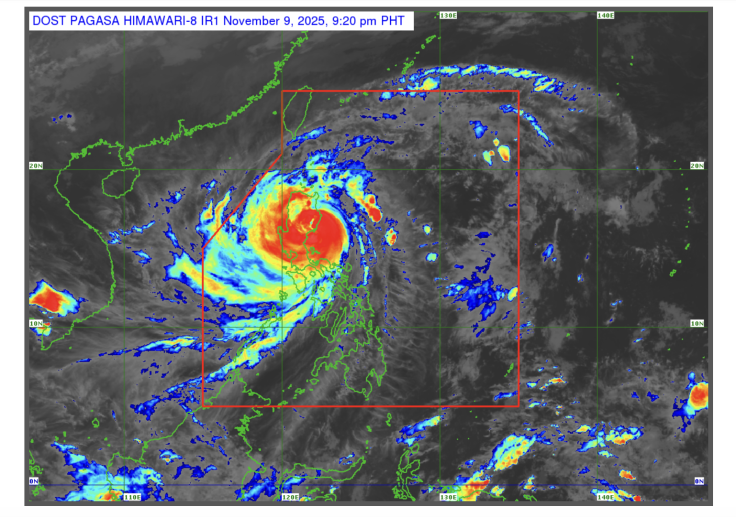Aside From Super Typhoon Uwan, Recent Japan Earthquake Brings Tsunami Fears to the Philippines – How Likely Will This Happen?
A magnitude 6.9 earthquake in Japan sparks tsunami worries in calamity-struck Philippines.

Northern Luzon is still reeling in from the strong winds and heavy rains of Super Typhoon Uwan. The skies haven't cleared out yet but Filipinos are facing new concerns because of a magnitude 6.9 earthquake in Japan.
At 5:03 PM on Sunday, the Japan Meteorological Agency (JMA) recorded a 6.9-magnitude earthquake near Iwate Prefecture. As per the agency, the earthquake resulted in tsunami waves reaching 20 centimetres which hit the Ofunato and Kuji ports.
As a precaution, the JMA warns that people in the area have to remain vigilant because stronger aftershocks and bigger tsunamis could happen within the next few days.
Fortunately, the earthquake and tsunami had no reported injuries or any major structural damage.
For now, the JMA is still monitoring any possible follow up earthquakes or aftershocks. Those living near or at Iwate Prefecture are advised to stay as vigilant as possible as more tremors can occur without warning.
Japan's warning systems were able to contain the risks effectively. However, the event reignited memories of the 2011 Tohoku earthquake that affected Japan and triggered a tsunami alert across the Pacific, including the Philippines.
Are Tsunamis Coming To The Philippines?
At the same time, the Philippines is currently experiencing the effects of Typhoon Uwan (international name Fung-wong), which made landfall over La Union early Monday morning. Reports show that the storm has weakened slightly but is still a threat with winds that hit 150 km/h and gusts reaching 230km/h.
The storm mostly affected parts of Northern and Central Luzon. Right now, the Philippine Atmospheric, Geophysical and Astronomical Services Administration (PAGASA) have issued gale warnings and possible storm surges for those living near coastal areas.
In the midst of these, should they also be concerned of tsunamis caused by the recent Japan earthquake?
The concern is understandable, considering how strong the earthquake was. However, tsunami effects are unlikely because the epicentre was along Japan's northeastern coast, which is far and away from facing the Philippine Sea.
Additionally, only very strong and shallow undersea earthquakes with magnitude 7.5 or higher are capable of producing tsunamis large enough to reach the Philippines.
For now, it's best to monitor if there are any succeeding earthquakes or aftershocks near the epicentre. What's guaranteed for sure is that the recent earhquake isn't going to result in tsunamis for Philippine shores.
The last tsunami alert linked to an earthquake from Japan was in 2011. This was a magnitude 8.9 earthquake off the coast of Honshu.
When it happened, Phivolcs announced an alert level 2 tsunami warning across 19 provinces in the Philippines. Fortunately, the waves only reached up to one metre when it hit Philippine shores.
Those who are worried will need to monitor and wait for alerts from the National Disaster Risk Reduction and Management Council (NDRRMC).
Keeping Vigilance
Despite this, remaining vigilant is still important, especially for those in the Philippines who are affected by Uwan currently. The nation sits along the Pacific Ring of Fire where undersea quakes can happen without warning.
Just a few weeks ago, there were numerous earthquakes happening around the country, forcing people to be more vigilant. For now, Filipinos need only to worry about Uwan as it continues to make its way across the northern region of the country.
© Copyright IBTimes 2025. All rights reserved.





















